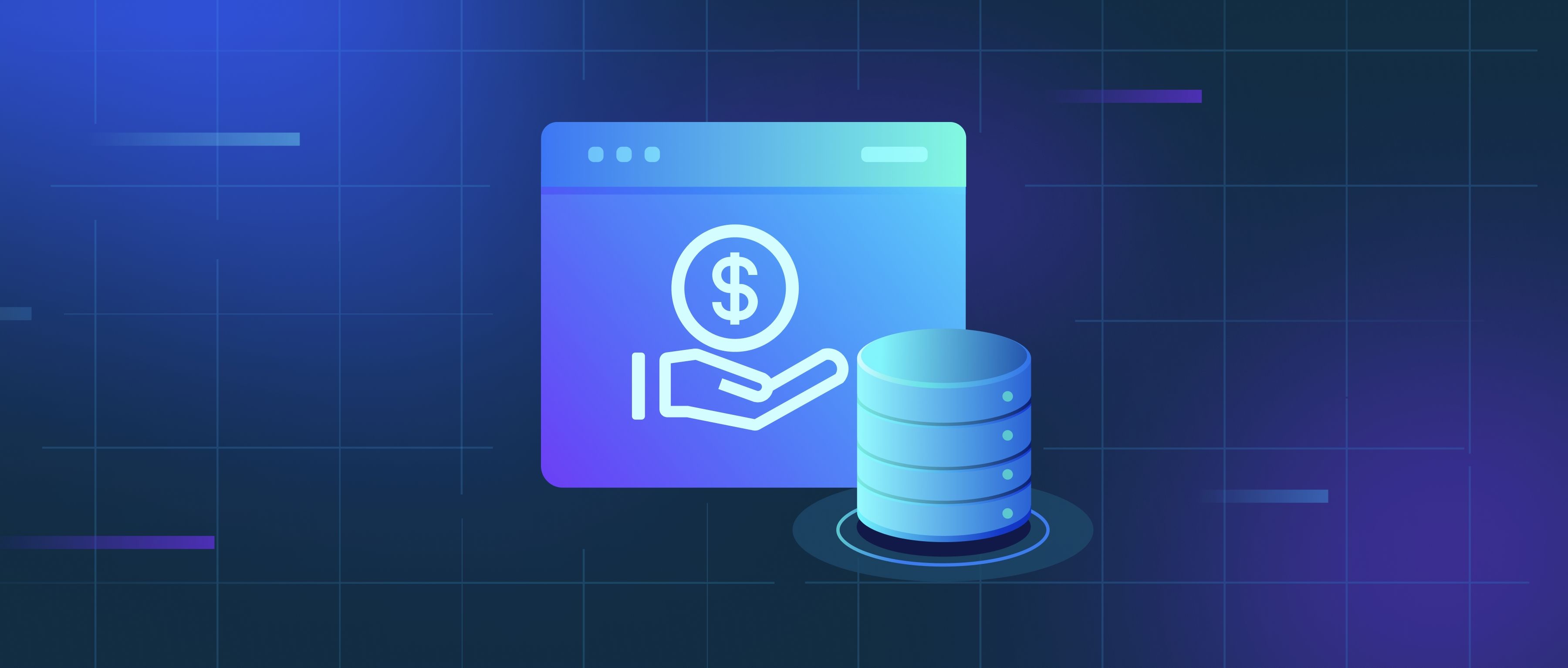Data Governance and Its Relationship to ETL
Data governance refers to the framework of policies, roles, and processes that ensure data is managed effectively across an organization. It focuses on establishing accountability, defining data standards, and enforcing rules for data quality, security, and compliance. For example, a governance policy might require sensitive customer data to be encrypted or mandate that only authorized users can modify financial records. By setting clear guidelines, governance ensures data remains trustworthy, consistent, and aligned with business goals.
Data governance directly impacts ETL (Extract, Transform, Load) processes, which move and prepare data for analysis. Governance policies dictate how ETL should handle data at each stage. For instance, during extraction, governance might enforce access controls to ensure only approved sources are used. During transformation, rules like data validation (e.g., ensuring phone numbers follow a specific format) or anonymizing personal information (to comply with GDPR) are applied. Loading processes might be audited to verify data lineage—tracking where data originated, how it was transformed, and where it’s stored. A healthcare ETL pipeline, for example, might mask patient IDs to meet HIPAA requirements, demonstrating governance-driven design.
The synergy between governance and ETL ensures data reliability. Governance provides the "rules," while ETL implements them. For example, a data quality rule requiring non-null values in a customer database would translate into ETL checks that reject incomplete records. Metadata management—a governance focus—ensures ETL pipelines document changes, aiding debugging and compliance audits. Without governance, ETL might prioritize speed over accuracy, risking errors. Conversely, governance without effective ETL execution remains theoretical. Together, they ensure data is both usable and trustworthy, forming the backbone of robust data infrastructure.
